Diabetes is a chronic condition that often develops silently over time. Unlike many illnesses that come with obvious warning signs, diabetes can begin with symptoms so subtle that most people miss them. But catching these early clues is crucial for early diagnosis and better long-term health.
To help you stay ahead, here are nine symptoms of diabetes that are often ignored. Recognizing them now could make a big difference in how you manage your well-being moving forward.
Note This article is for informational purposes only and should not replace professional medical advice. Always talk to your healthcare provider for proper evaluation and care.
1. Constant Fatigue That Never Goes Away

If you are always tired, even after a good night’s sleep, your body might be telling you something. One of the earliest signs of diabetes is unexplained fatigue. When your body cannot properly use insulin to move glucose into cells for energy, it leaves you feeling exhausted—both physically and mentally.
People with diabetes often describe feeling drained throughout the day, even without doing anything overly tiring. If you find yourself lacking energy on a regular basis, it might be time to get tested.
Video: 9 Nighttime Diabetes Symptoms You Need to Know: Don’t Ignore These Signs!
2. Increased Hunger and Sudden Weight Loss
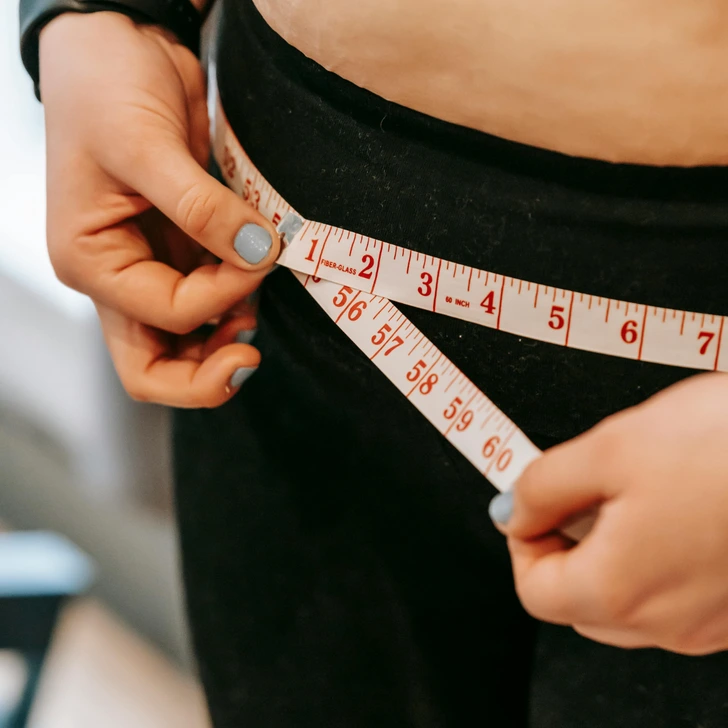
Feeling constantly hungry but losing weight anyway This combination could be an early sign of diabetes. When your body cannot use glucose from food for fuel, it starts burning fat and muscle instead.
This leads to unexpected weight loss, even though you are eating more than usual. If you notice yourself dropping pounds without trying while still feeling hungry all the time, it is a signal you should not ignore.
3. Blurry Vision
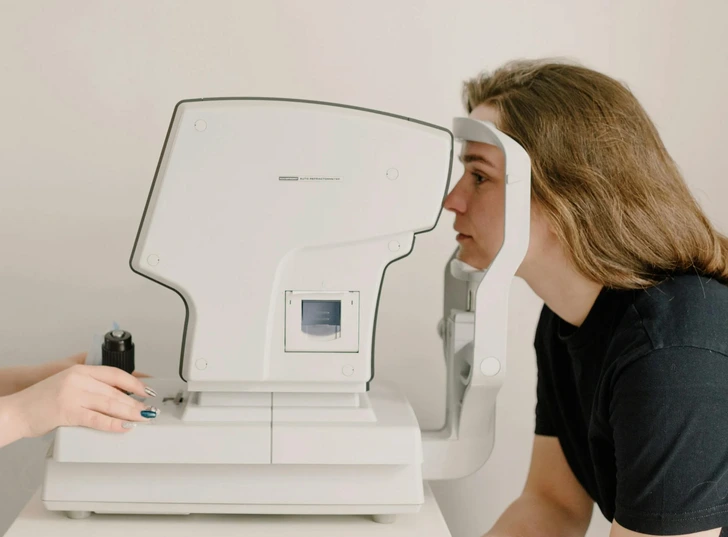
Have your eyes been struggling to focus lately High blood sugar levels can cause the lens inside your eye to swell, leading to temporary blurred vision.
This symptom might come and go, especially in the early stages of diabetes, but it should not be taken lightly. If left untreated, these changes can lead to more serious vision problems over time.
4. Dark Patches on the Skin

Acanthosis nigricans is a condition that causes dark, velvety patches of skin to appear—typically around the neck, armpits, or groin. While it can sometimes show up for other reasons, it is commonly linked to insulin resistance and may be one of the first signs of type 2 diabetes.
If you notice darkened areas of skin that feel slightly thicker than usual, schedule an appointment with a healthcare provider or dermatologist.
5. Small Yellow Bumps on the Skin

Sudden small bumps on the skin—especially on the thighs, buttocks, elbows, or knees—could be a sign of a condition called eruptive xanthomatosis. This is associated with high levels of triglycerides and undiagnosed diabetes.
These bumps often look yellowish or have a grayish tint and can be itchy or tender to the touch. If you notice these unusual spots appearing out of nowhere, get them checked out as soon as possible.
6. Excessive Thirst and Frequent Urination

Do you feel like you are drinking water non-stop and running to the bathroom every hour These two symptoms are classic warning signs of high blood sugar.
When glucose levels rise too high, your kidneys go into overdrive trying to filter the sugar out. This pulls fluids from your tissues, causing dehydration and triggering extreme thirst. The more you drink, the more you urinate—and the cycle continues. If this sounds familiar, it is worth investigating further.
7. Constant Itching Especially in the Lower Legs
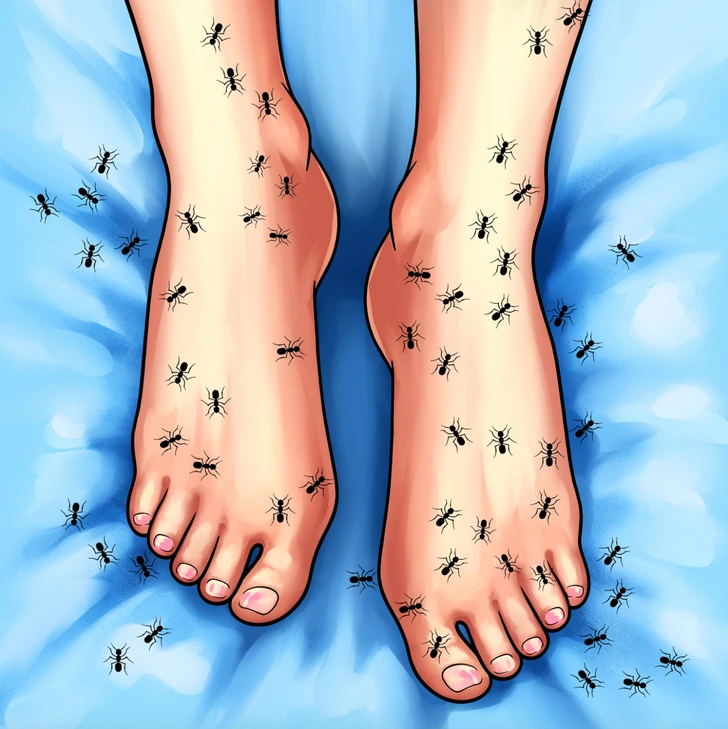
Persistent itching—especially in your hands, feet, or lower legs—may signal that your blood sugar is out of balance. High blood sugar can damage tiny nerves and reduce blood circulation, which often leads to dry, itchy skin.
While itching is common and can happen for many reasons, ongoing irritation with no clear cause may be a red flag for diabetes or prediabetes.
8. Tingling or Numbness in Hands and Feet
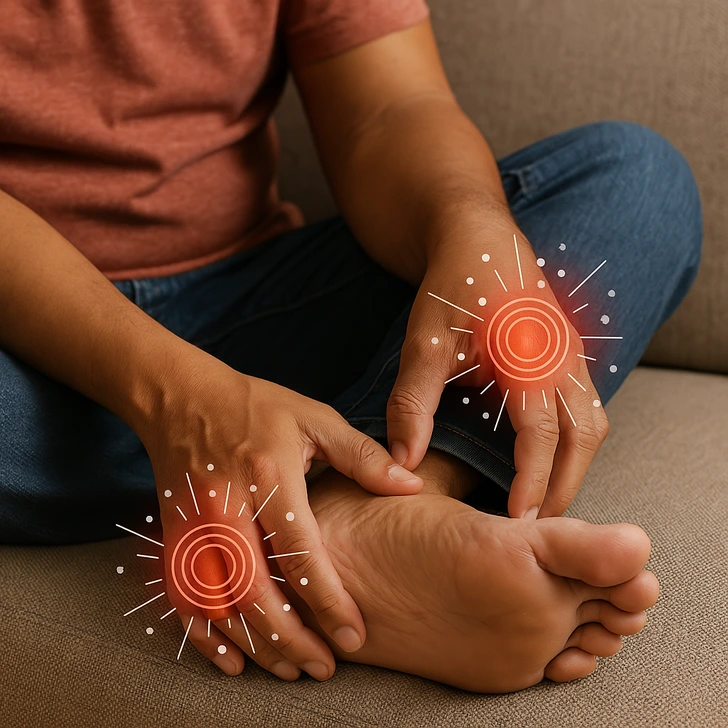
That pins-and-needles feeling in your extremities could be more than just a posture problem. Tingling or numbness in the hands and feet is often one of the early signs of diabetic neuropathy, a condition caused by nerve damage due to prolonged high blood sugar.
This symptom can start mildly but worsen over time if not addressed. Ignoring it may lead to permanent nerve damage, so it is best to talk to your doctor if you notice it happening more often.
9. Slow Healing of Cuts and Wounds
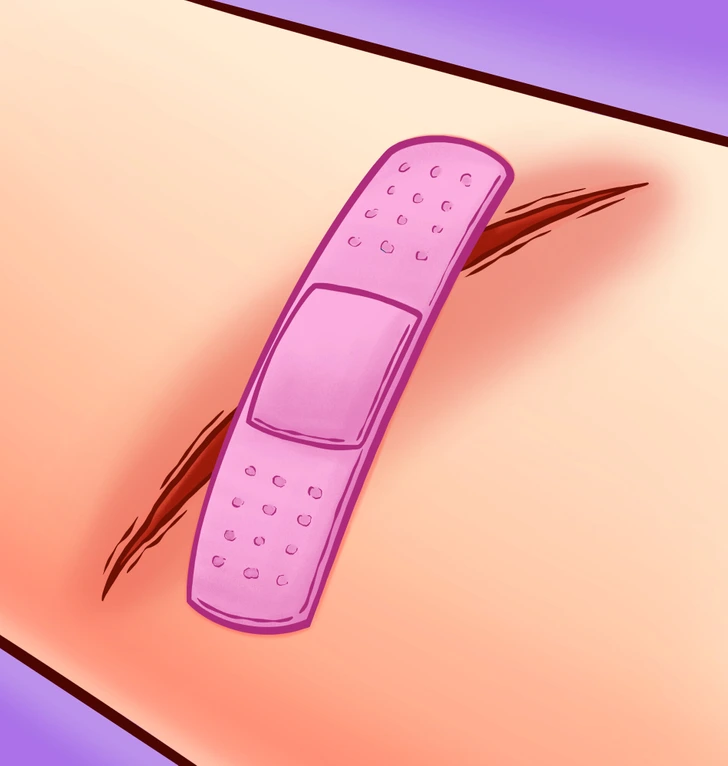
If your cuts, scrapes, or bruises seem to take forever to heal, high blood sugar may be interfering with your body’s natural repair process. Diabetes can damage blood vessels, reducing circulation and making it harder for oxygen and nutrients to reach injured areas.
This slower healing time also increases your risk of infection. If you notice wounds taking longer than usual to close up, it is another possible sign of diabetes that should be evaluated by a medical professional.
Final Thoughts Take the Signs Seriously
Video: The perfect treatment for diabetes and weight loss
The early symptoms of diabetes are easy to dismiss—especially if you feel mostly healthy. But paying attention to these subtle signals can help you catch the condition before it causes serious complications.
A simple blood test can determine if your blood sugar levels are within a healthy range. If you recognize any of these symptoms in yourself or a loved one, speak to a healthcare provider about getting tested.
Early detection leads to better treatment options and can significantly improve your quality of life. Make your health a priority—because prevention and awareness are key to managing diabetes long-term.